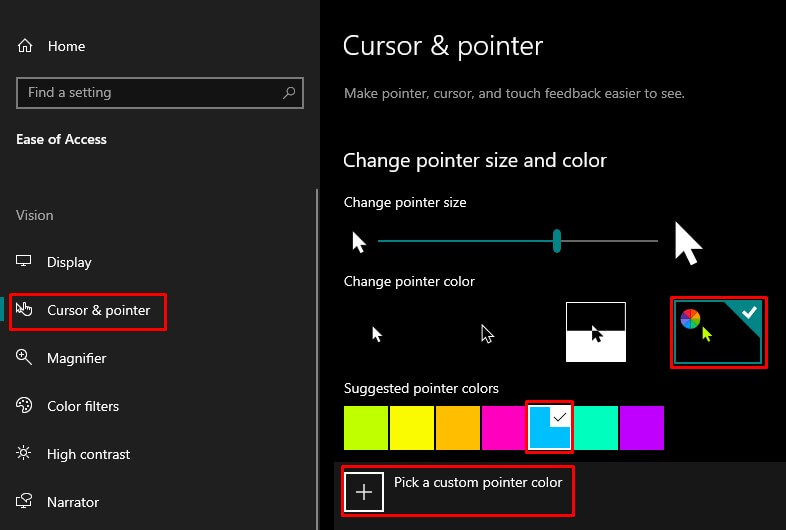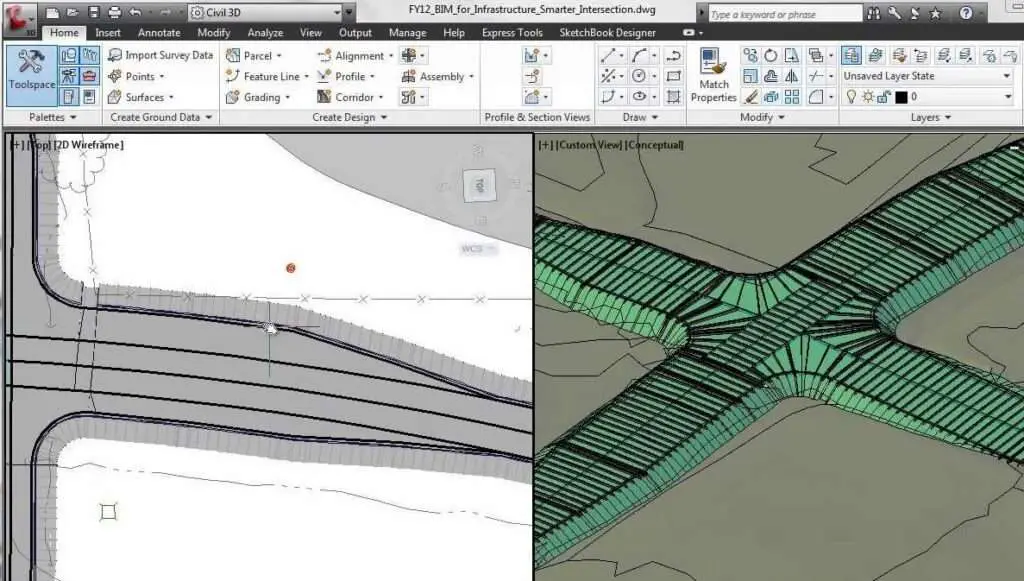
You can change the alpha mapping by moving the control points up and down (changing their alpha value), as well as left and right (changing their color index). We want to be able to make these values transparent, e.g., when displaying statistical maps or other types of overlays. Why do we explicitly define the opacity for color index values below 0 and above 1? This is important because some intensity values in the image may be mapped outside of the range by the intensity contrast curve. Values of color index below zero (first control point) have zero alpha (fully transparent) values between 0 and 0.35 (third control point) are semi-transparent values from 0.35 to 1 are fully opaque and values greater than 1 are fully transparent. The bold black line gives the mapping from the input range to alpha. The vertical axis is the alpha (i.e., opacity) value. Think of this display as a graph, with the horizontal axis representing the input range. Let us examine the graphical display at the top of the color map editor closely. This approach allows you to reuse the same color map for many images. The color map then maps the color index to RGBA values. Note that both the image contrast mapping and the color map are used together to determine the mapping from input image intensities to RGBA space! The intensity contrast curve maps input intensities to the color index.

These last two settings may be disabled permanently by going to Tools->Display Options->General and deselecting the corresponding checkboxes. Select the zoom/pan tool (press 2) and deselect Multisession Zoom and Multisession Pan. You can also disable synchronized zooming and panning, that is on by default. Select the crosshairs tool (press 1) and deselect Multisession Cursor. You can turn off cursor synchronization if you want the cursor in each ITK-SNAP version to operate independently. However, each image is rendered in its native voxel space - there is no interpolation or resampling! As you can see, the cursor points to the same anatomical coordinate in both images.


The MP-RAGE image is sagittal, and the T2 image is oriented with slices approximately orthogonal to the long axis of the hippocampus. One (in the front) is displaying an 7 Tesla MP-RAGE image, and the one in the back is displaying a T2-weighted image from the same session. The image above shows two sessions of ITK-SNAP.


 0 kommentar(er)
0 kommentar(er)
